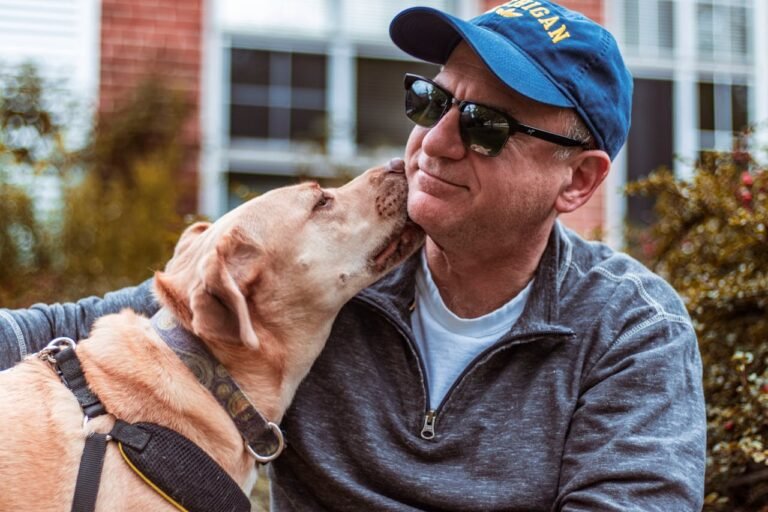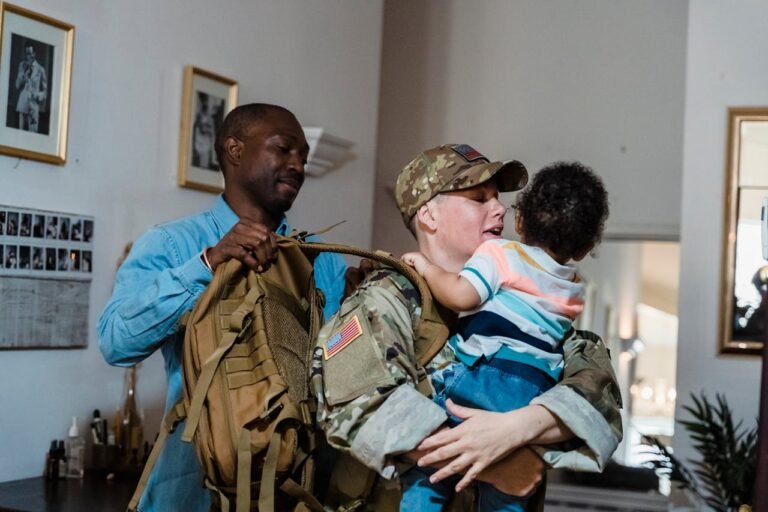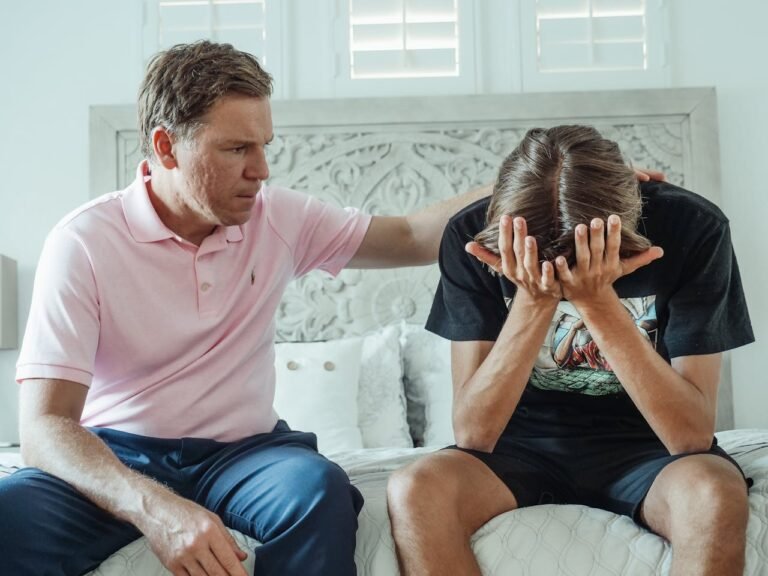Understanding the Mental Health Challenges of Military Service
Common Psychological Conditions Faced by Military Members
- Post-traumatic stress disorder (PTSD): Approximately 15 percent of veterans who served in Iraq or Afghanistan experience military PTSD in a given year. Symptoms of PTSD often include war flashbacks, intrusive memories, nightmares, and heightened emotional distress.
- Depression: Research shows that about 23 percent of active duty service members and 20 percent of veterans experience depression, often tied to grief, loss, or the difficulties of transitioning back to civilian life after service.
- Anxiety disorders: In a recent study published in the Journal of Psychiatric Research, 8 percent of veterans screened positive for generalized anxiety disorder (GAD), and 30 percent of veterans reported some symptoms of anxiety. These feelings may be driven by constant vigilance and stress, even in non-threatening environments.
- Substance use disorders: About 1 in 10 veterans returning from Iraq and Afghanistan struggle with substance use disorders, often as a way to self-medicate for untreated psychological distress.
The Impact of Traumatic Events on Mental Health
- Survivor’s guilt: Grappling with questions and feelings of guilt around why one survived when others did not
- Hypervigilance: Feeling constantly on edge or hyper-aware of one’s surroundings, even in peaceful and calm settings
- Feelings of emotional numbness: A way to block overwhelming feelings, often resulting in detachment or withdrawal from loved ones
“Trauma forces us to invoke our most innate ability to cope in the most dangerous and vulnerable instances of survival. In combat, the human response is stimulated in unnatural ways, forcing new physiological reactivity and response.”
Specialized therapies and treatments can offer relief for veterans in need of professional help. For example, cognitive behavioral therapy (CBT) and eye movement desensitization and reprocessing (EMDR) therapy can be highly effective in treating these conditions by helping individuals process trauma and rebuild emotional balance.
“Therapy can be a safe support to help process new dysregulation, which can feel maladaptive at times. This can include flashbacks, a constant feeling of danger, guilt, irritability, and substance abuse.”
The Effects of Long Deployments and Separation From Family
Being separated from loved ones for extended periods of time is one of the most challenging aspects of military life. Service members often miss important milestones and celebrations, such as birthdays and holidays, which can add to feelings of isolation and guilt. For families, the absence of a loved one can create stress, strained relationships, and emotional challenges.
Reintegration after deployment presents its own set of difficulties as service members and their families adjust to new routines and dynamics. Open communication, counseling, and intentional efforts to stay connected during deployment—like regular check-ins, care packages, and scheduled family video chats—can help strengthen bonds and build resilience in both the service member and their loved ones.
The Challenges of Reintegrating Back Into Civilian Life
Transitioning from military to civilian life is a major adjustment that many service members and veterans find overwhelming. The shift from a structured, purpose-driven environment to the unpredictability of life back home can lead to feelings of alienation, uncertainty, and even loss of identity. For those living with a veteran, understanding these challenges is just as crucial, as the transition can be just as difficult for loved ones as it is for the veterans themselves. Common challenges can include:
- Finding purpose: Without the mission-driven focus of military life, some people struggle to redefine their goals and aspirations.
- Coping with alienation: The loss of military camaraderie can take a devastating toll. Veterans often suffer from feelings of alienation if they feel disconnected from civilians who may not understand their experiences.
- Adapting to a new routine: Establishing a new rhythm outside of the military’s structure can be disorienting and overwhelming.
Veterans can benefit from setting small, achievable goals, such as creating a daily routine, attending a local veteran support group, or completing a short educational course or certification. For example, starting with goals like committing to a morning walk, volunteering a few hours per week, or learning a new skill online can provide a sense of purpose and accomplishment.
Resources such as the VA Transition Assistance Program or the U.S. Department of Defense (DOD) SkillBridge program can also help veterans integrate into a new career after their service. Additionally, engaging in community groups tailored to veterans can help them feel seen and supported during their transition back into civilian life.
The Role of Mental Health Resources and Support Systems
“Early and consistent support can be wonderfully proactive. Even in the most benign cases, it can feel emotionally validating to have a place where an individual can have immediate support making sense of the stress incurred. It is a lot for others to understand, whether civilian or otherwise, and the adjustment deserves adequate time for transition to a non-combat environment-the mind-body connection needs time to realign.”
Therapeutic methods, such as EMDR and CBT for PTSD, remain highly effective for treating trauma and anxiety from the military, while peer support programs provide a sense of connection and understanding.
Platforms like Talkspace make therapy more accessible, empowering service members and their families to seek help without stigma or logistical barriers.
Moving Forward: Acknowledging the Complexities of Military Service
Military service shapes individuals in profound ways, presenting both challenges and opportunities for growth. While the psychological effects can be significant, they’re not insurmountable with proper treatment and support mechanisms. By fostering a culture of understanding and support, we can empower service members and veterans to embrace healing and resilience.










